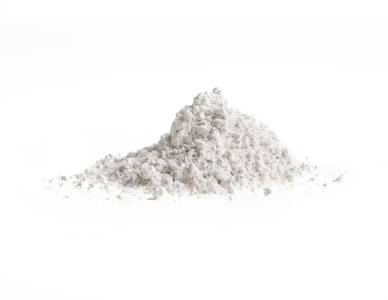Description
Nepheline Syenite: A Superior Mineral for Diverse Applications
Nepheline syenite is a light-colored, intrusive igneous rock prized for its unique mineralogical composition and exceptional properties. Unlike many other feldspathic rocks, nepheline syenite boasts a high alkali content and a relatively low silica content, making it a versatile material across numerous industries. This detailed description will explore its key characteristics, applications, and benefits.
Composition and Properties:
Nepheline syenite's primary constituents are nepheline (a feldspathoid mineral), alkali feldspars (orthoclase and albite), and often minor amounts of other minerals like biotite, hornblende, and pyroxene. This unique blend results in a rock with several advantageous properties:
- High Alkali Content: The high content of alkalis (sodium and potassium oxides) makes nepheline syenite an excellent fluxing agent in various ceramic and glass applications. This enhances melting and sintering processes.
- Low Silica Content: The comparatively low silica content differentiates it from feldspars, impacting its reactivity and making it suitable for applications where a lower silica contribution is desirable.
- Excellent Fluxing Properties: This translates to energy savings in high-temperature processes and improved product quality.
- Good Chemical Resistance: Nepheline syenite exhibits good resistance to chemical attack, ensuring durability in specific applications.
- Light Color & Density: Typically light in color, ranging from white to gray or pinkish, it offers aesthetic appeal in certain uses, and its relatively low density contributes to efficient handling and transportation.
Applications:
The unique properties of nepheline syenite lead to a broad range of applications across diverse industries:
- Ceramics: A crucial component in the production of glazes, enamels, and ceramic bodies. It contributes to improved fluidity, brightness, and durability of the final products.
- Glass: Employed as a fluxing agent in the manufacture of glass, improving melt viscosity and enhancing certain optical properties.
- Welding Rods: Used as a component in welding rod coatings, enhancing the arc stability and weld quality.
- Foundry Sands: Acts as a binder in foundry sands, improving their moldability and casting properties.
- Agricultural Applications: Certain grades can be utilized in fertilizers as a potassium source.
- Fillers and Extenders: Its finely ground form finds use as a filler and extender in various paints, plastics, and rubber products.
Benefits of Using Nepheline Syenite:
- Cost-Effective: Often a more economical alternative to other fluxing agents.
- Improved Product Quality: Contributes to enhanced properties in the final products, such as improved strength, gloss, and durability.
- Energy Savings: Its superior fluxing properties lead to reduced energy consumption in high-temperature processes.
- Environmentally Friendly: A naturally occurring material, it offers a sustainable alternative to synthetic fluxing agents.
Conclusion:
Nepheline syenite is a versatile and valuable natural resource with a diverse array of applications across many industries. Its unique composition and advantageous properties make it a preferred choice for manufacturers seeking improved product quality, cost savings, and environmentally sustainable solutions. The specific grade and properties of nepheline syenite will vary depending on the source and processing techniques; consulting with a supplier is recommended for specific application requirements.
